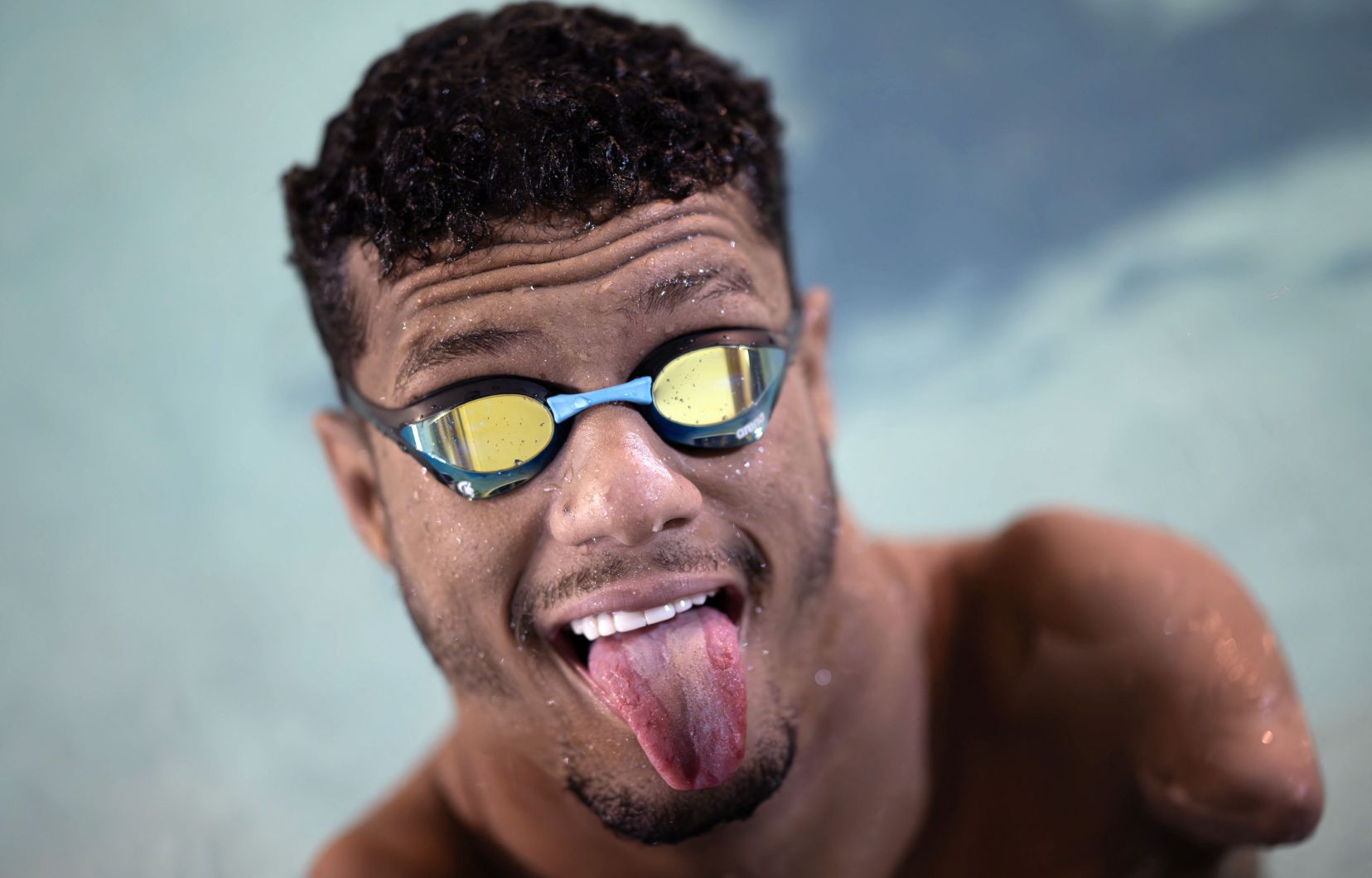T20, C1, S14, GBL… In parasport, diversity of disabilities means distribution of athletes by category, a regulation that is essential for preserving sporting fairness, but a headache for the uninitiated.
While the Paralympic Games, which begin on August 28, bring together three major categories of disability – physical, visual, mental – the classification aims to define which athletes are eligible for competitions, and to pit athletes with identical or equivalent characteristics against each other.
A brief overview to help you be prepared for the Paralympics.
A little English to master
Since the handicap categories are valid for all international competitions, it is not surprising that you have to master the language of Shakespeare to decipher the first indicator of a category: its letter.
In swimming? it’s the “S” of swimming. In cycling? the “C” of cycling. Behind the initials “GBL”? goalball, a discipline combining handball and bowling.
Other categories are represented by multiple letters. For example, athletics events take place either on the track (the “T” in track), either on the central area (the “F” of field).
In some sports, letters can also correspond to a particularity. In badminton, the event “WH1” will refer to wheelchair athletes (wheelchair). In cycling, there are also categories linked to the type of bike used. Thus the categories “H1” to “H5” group together riders on handbikes (hand bike) during road races.
As for swimming, a second letter can follow the “S” and corresponds to a type of swimming: “B” for breaststroke (breaststroke), the “M” for multinages (medley).
Figures to decode
At the Paris Paralympic Games, no fewer than 29 gold medals will be awarded in para-athletics for the 100m event alone, for both women and men. Athletes are divided into six categories (1-6): from visual impairment (1) to the absence of a limb (6) and intellectual disability (2).
This first number is followed by a second, linked to the degree of disability, with “1” being the highest. Thus, the French Paralympic champion in the 400m (2016) Nantenin Keita — visually impaired — competes in the T13 category, while her teammate Trésor Makunda — blind and accompanied by a guide — is in the T11 category.
The meaning of the numbers can also be slightly different. In swimming, categories S1 to S10 (butterfly, backstroke, crawl) correspond to a physical disability (but S1 is stronger than S10), S11 to S13 to a visual disability and S14 to an intellectual disability.
Exceptions to be assimilated
While the number of events in para-athletics can sometimes be dizzying, the same cannot be said for each of the 22 Paralympic sports. For example, goalball, parajudo and 5-a-side soccer are reserved exclusively for visually impaired athletes.
Paraweightlifting, on the other hand, includes several forms of disabilities as long as the athletes can use their arms (bench press event). They are classified by weight category, just like in taekwondo. As for team sports such as wheelchair rugby, sitting volleyball or wheelchair basketball, the teams are composed in order to have a balanced workforce with more or less severe disabilities.
Finally, some sports have their own specific terms. We will speak of “grade” from 1 to 5 for para-equestrianism, of “category” A and B for wheelchair fencing, of “ Quad » — all members affected — or « Open » — lower limbs — in wheelchair tennis, and category « Open » and « W1 » in archery, the second grouping together archers with a more severe handicap, requiring a wheelchair.
